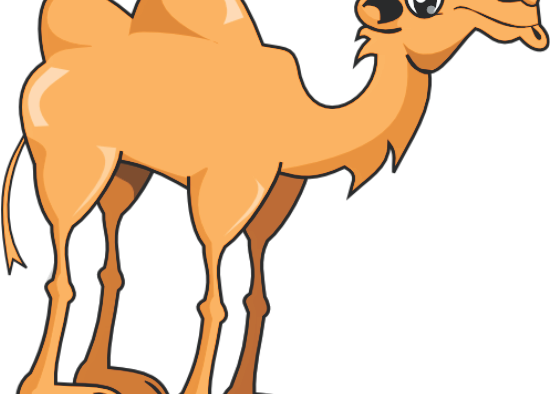Why camel is called “the ship of the desert”?
Share

Camels are called “the ship of the desert” because of the way they move on the sand. They sway from side to side because they move both legs on one side at the same time, elevating that side. They thus have a ship-like motion which can make the rider feel sick.


Camels are often called “the ship of the desert” not only for their appearance and gait but also for their unique ability to navigate and endure the harsh desert environment. Here’s a closer look at why they’re given this title:
- Distinct Gait: Camels have a unique way of walking called a “pacing gait.” Unlike most four-legged animals, which alternate their leg movements diagonally (front left with back right and vice versa), camels move both legs on one side of their body at the same time. This side-to-side motion, combined with their tall, flexible necks, creates a rhythmic, swaying movement that resembles the motion of a ship moving on waves. Riders often describe this movement as a “rocking” sensation, which can be unsettling and even induce motion sickness for those unaccustomed to it.
- Adaptation to Sand: Camels are specially adapted to desert sands. Their wide, thickly padded feet are like natural sandshoes, preventing them from sinking too deeply into the soft ground and giving them stable footing even in loose sand. Just as a boat is designed to “float” on water, a camel is built to “float” on sand, making travel smoother and less strenuous.
- Long-Distance Endurance: Camels are perfectly suited to covering vast distances in arid conditions, much like a ship crossing an ocean. They can walk up to 40 kilometers (about 25 miles) a day and can endure days without water, storing fat in their humps to be used as an energy reserve. This endurance allows them to carry people and goods across extensive stretches of desert, making them invaluable for trade and travel in regions where water and vegetation are sparse.
- Resilience to Extreme Temperatures: Like a ship enduring stormy seas, camels withstand the extreme temperatures of desert climates. Their thick fur provides insulation from the sun, and their ability to tolerate a rise in body temperature helps conserve water.
- Nostril and Eye Protection: Camels can close their nostrils and have a third eyelid to protect against sand, similar to how a ship’s structure shields against harsh ocean waves. This adaptation helps camels move through sandstorms, which are a regular feature in many desert landscapes.
These features combined make camels a true “ship of the desert” in both form and function, allowing them to carry people and goods reliably across otherwise impassable stretches of desert terrain.













